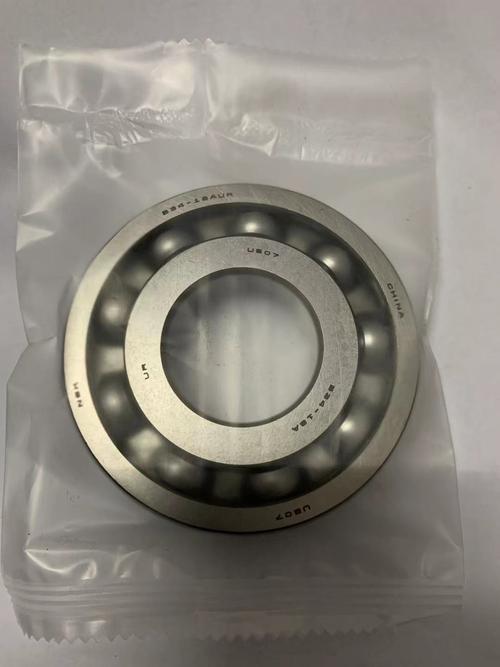Top 5 Ceramic Bearings Manufacturers: Benefits, Selection Guide, and Applications
Ceramic bearings manufacturers specialize in producing high-performance components using advanced materials like silicon nitride or zirconia. These bearings offer superior durability, corrosion resistance, and thermal stability compared to traditional steel bearings, making them essential in aerospace, medical, and high-speed industrial applications.
1. benefits of ceramic bearings2. how to choose ceramic bearing manufacturers
3. ceramic vs steel bearings
4. top ceramic bearing manufacturers
5. applications of ceramic bearings
1. benefits of ceramic bearings

Ceramic bearings provide exceptional performance advantages including 60% lighter weight than steel counterparts, reducing rotational mass in precision equipment. Their non-conductive properties prevent electrical arcing in motors, while inherent corrosion resistance eliminates lubrication needs in harsh environments. Advanced manufacturers employ HIP (Hot Isostatic Pressing) technology to create pore-free structures, achieving 30% higher fatigue life. Medical-grade zirconia bearings demonstrate perfect biocompatibility for surgical tools, and silicon nitride variants withstand temperatures up to 800°C in aerospace applications...
2. how to choose ceramic bearing manufacturers
Selecting reliable ceramic bearings manufacturers requires evaluating ISO 9001:2015 certification and specific industry compliance. Leading producers like Boca Bearing Company and Ortech Advanced Ceramics provide material test reports verifying 99.9% purity. Consider manufacturers offering hybrid options (ceramic balls with steel races) for cost-sensitive applications. Evaluate production capabilities through minimum order quantities – premium suppliers like SKF offer batches under 100 units...
3. ceramic vs steel bearings
While steel bearings dominate general industrial use, ceramic alternatives deliver 3-10x longer service life in extreme conditions. Comparative tests show ceramic hybrid bearings reduce friction by 40% at 10,000 RPM, decreasing energy consumption. Magnetic resonance imaging (MRI) machines exclusively use ceramic bearings due to non-magnetic properties. However, ceramic's brittleness requires careful installation – reputable manufacturers provide torque specifications and specialized mounting tools...
4. top ceramic bearing manufacturers
Market leaders include NSK's CERASPEC series featuring silicon nitride bearings with 1,500 MPa compressive strength. Schaeffler's FAG CeramicLine achieves DN values over 3 million for ultra-high-speed spindles. Emerging manufacturers like Lily Bearing offer cost-effective full-ceramic solutions with 0.1μm surface roughness. NASA-approved suppliers such as RBC Bearings provide space-qualified components surviving -200°C to 500°C thermal cycles...
5. applications of ceramic bearings
From Formula 1 turbochargers operating at 150,000 RPM to dental drill handpieces requiring sterilization, ceramic bearings enable cutting-edge technologies. Semiconductor manufacturing uses vacuum-compatible bearings preventing wafer contamination. Wind turbine pitch controls employ ceramic components resisting saltwater corrosion. Recent developments include 3D-printed porous ceramic bearings for biomedical implants promoting bone integration...
Understanding these key aspects of ceramic bearings manufacturers helps identify optimal solutions for specific operational demands. Whether seeking extreme temperature resilience in energy systems or precision components for robotics, manufacturers now offer tailored ceramic bearing configurations. The following sections detail critical selection parameters, performance benchmarks, and emerging industry applications that decision-makers must evaluate...
This comprehensive guide examines essential factors when sourcing ceramic bearings, from material science fundamentals to global manufacturer capabilities. By understanding technical specifications, certification requirements, and application-specific engineering considerations, buyers can optimize component performance while reducing total lifecycle costs in demanding operational environments.




 13869596835
13869596835